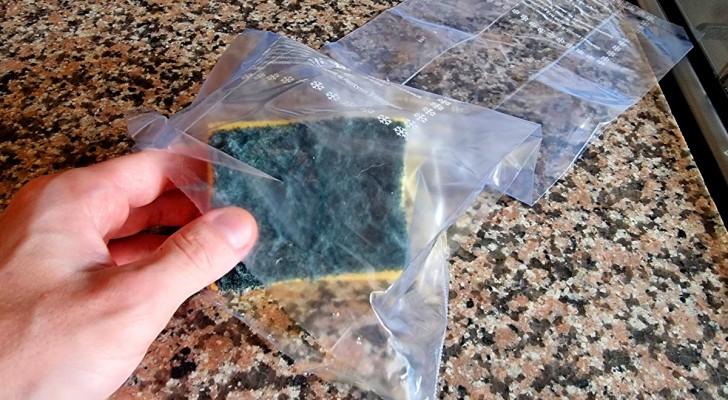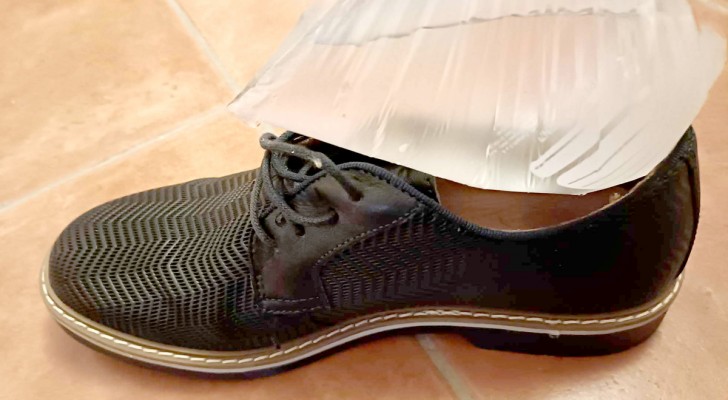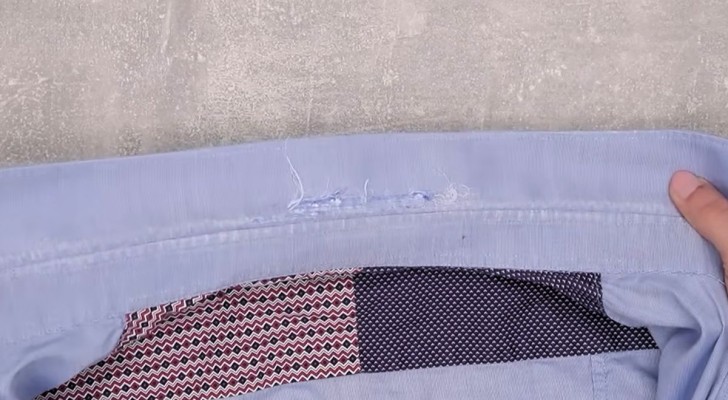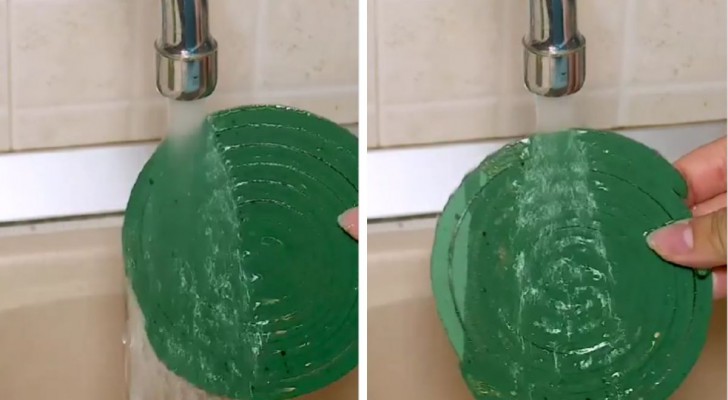What are the devices you should never connect to a power strip?
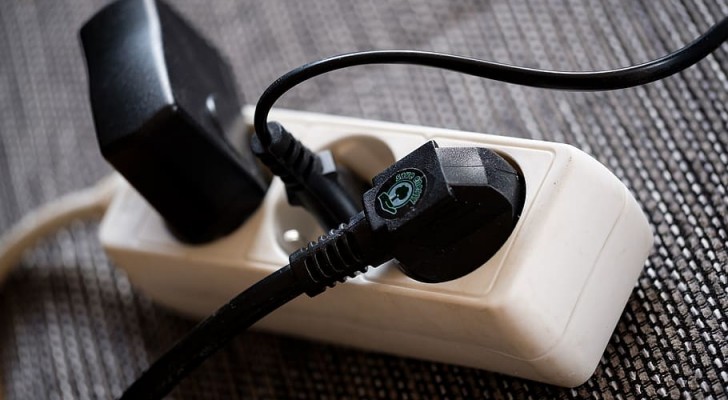
We use power strips, commonly called power cords or extensions, in many cases. It is rare, in fact, to have an electrical environment that is full of wall sockets in every strategic and useful point in the various rooms, and the most economical and efficient way to make up for this lack, is to use extension cables with the multi-sockets to which to connect our devices.
It is important, however, to pay attention to how many and which devices we connect to these extensions. They cannot be used for every device or household appliance, since some consume much more energy than others and therefore an improper use of the extension can lead to dangerous and serious consequences.
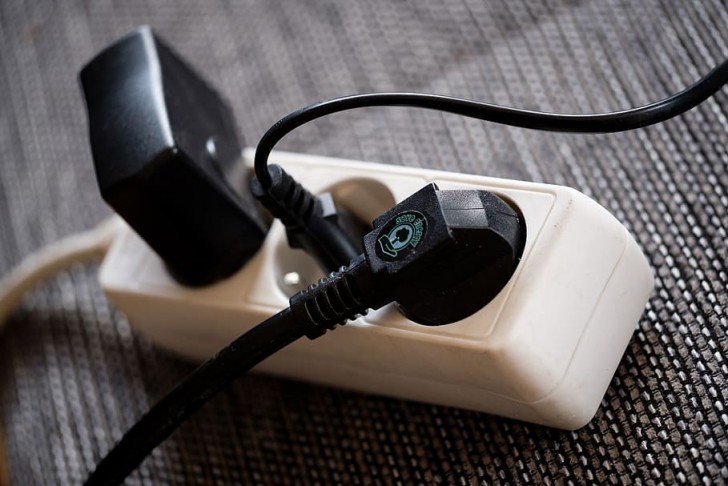
So what could happen? The lesser of the evils, as well as being the most common occurrence, is a short circuit that may cause the power mains to trip in the electrical system (or a part of the system) - at least, the part of the system to which the power strip itself was connected. But when electrical cables themselves overheat, it can even lead to a fire.
There are, therefore, a number of tips to consider when using power strips:
- Do not exceed the maximum number of sockets that can be accommodated by the power strip. Sometimes adapters are also used that allow you to connect multiple devices in a single socket, but they should never be added to a power strip.
- Never exceed the maximum voltage that the multi-socket can handle: in general, to avoid doing so, just turn on only one or two of the devices connected to the multi-socket at the same time. And conversely, turning on 3 or more appliances connected to the same power strip will most likely exceed the limit.
- Generally, the maximum load limit is around 250V / 2500W, but it is always good to check the specifications (maybe even write it down on a sticky label) and also remember the consumption of the various connected devices.
- Always keep microwaves and other very energy-intensive appliances in a separate socket on their own. Sometimes, a microwave that uses particular functions (the grill, for example) outperforms a washing machine on a low consumption wash.
- Toaster and coffee machine: often in the indications of the manufacturers of these categories of household appliances, it is usually advised that it is preferable to connect them to single power sockets. This is because they can overheat more easily than other appliances during operation - especially when combined with other devices on the same socket.
- Refrigerator and freezer: they are active all the time, so it is better that each one has its own dedicated socket and that they are not connected together with a multi-socket! If it really should be necessary, make sure you invest in a power strip suitable for managing this type of consumption.
- Also use devices that protect the electrical system from overloads or short circuits (like proper trip switches).
- Heaters and air conditioners: these too are amongst the most risky to connect to multi-sockets, both with each other and / or combined with other devices. They often have operating cycles at different intensities, because they aim to reach and then maintain a certain ambient temperatures, so their energy consumption varies and it can happen that they generate power overloads.
In short, it is generally recommended to use multi-sockets for smaller devices that are used only occasionally, such as phone charging, lamps, laptops and the like!

